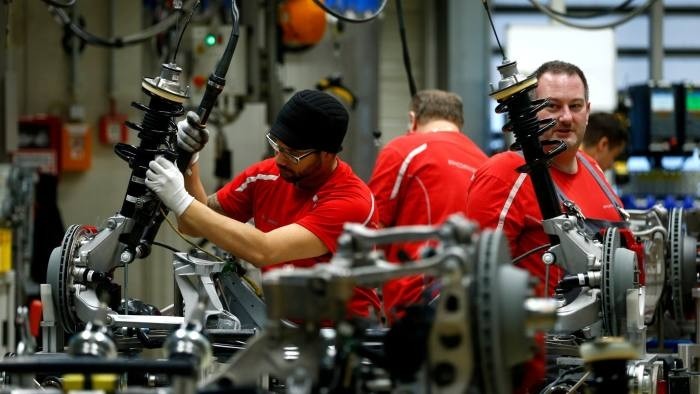Trade relations between the US and the EU became strained last year after President Trump decided to target European steel and aluminum with tariffs. Most recently, on July 1, the US is proposing new tariffs on an additional US$4 billion of goods from the EU over what it says are illegal aircraft subsidies for Airbus, a competitor of the US aircraft manufacturer Boeing. The products that could be targeted by the import taxes include popular European foods and drinks, ranging from Italian parmesan cheese to Irish and Scotch whiskies.
Accordingly, the Office of the US Trade Representative (USTR) is considering an additional proposed list of tariffs on products from the EU in connection with a dispute over aircraft subsidies considered at the World Trade Organisation.
On April 12, USTR published a preliminary list of EU products to be considered for inclusion on a final list of goods that would be subject to additional duties of up to 100%. The additional list contains 89 tariff subheadings, estimated at a total of US$4 billion in 2018 import value. The first list encompasses an approximate trade value of US$21 billion.
In April, the US announced a list of EU items subjected to additional taxes by Washington - from large commercial airplanes, aircraft parts to milk products and wine - in response to EU subsidies for Airbus. Only a week later, the European Commission (EC) also responded by announcing a list of goods imported from the US that could be subject to tariffs worth US$20 billion, including dried fruit to planes, tobacco, handbags, suitcases, tractors, etc. This tariff package also related to disputes about subsidies for aircraft manufacturers.
While trade disputes are increasing, the process of bilateral trade negotiations between the US and EU is stalling. Recently, the EU has announced its willingness to conduct negotiations on a trade agreement with the US and aims to finalise an agreement before the end of this year.
The EC has also agreed on two roadmaps in negotiating with the US: reducing import duties on industrial goods, while at the same time easing regulations allowing companies from both sides to meet US or EU standards. In April, the EU agreed to launch formal trade negotiations with the US after months of delay due to French opposition.
The US and the EU not only have tensions in trade but also deeply disagreed with Iran’s nuclear issue. The EU opposed the US withdrawal from the historic nuclear deal that Tehran signed with the P5+1 in 2015 and tried to find a way to salvage the deal. In response to US economic sanctions against Iran, the EU set up an Instrument in Support of Trade Exchanges, a mechanism to facilitate trade with Iran.
Meanwhile, Brian Hook, the US special representative for Iran has recently confirmed that the US will sanction any countries that import Iranian oil. In recent days, tensions in US-Iranian relations have increased. The Iranian side has announced that it would enrich uranium beyond the maximum 3.67% fissile purity allowed under the deal unless European countries took “practical and tangible steps” to implement their new mechanism for facilitating trade and shield the Iranian economy from the effects of the US sanctions.
Disagreements and tensions over trade and Iranian nuclear issues mentioned above show that the rift is increasing and the confidence is declining in the alliance relationship between the two transatlantic partners - the US and the EU. This also reflects the fact that international relations, including US-EU relations, are changing rapidly in the context of the US President's 'America First' Policy.
















